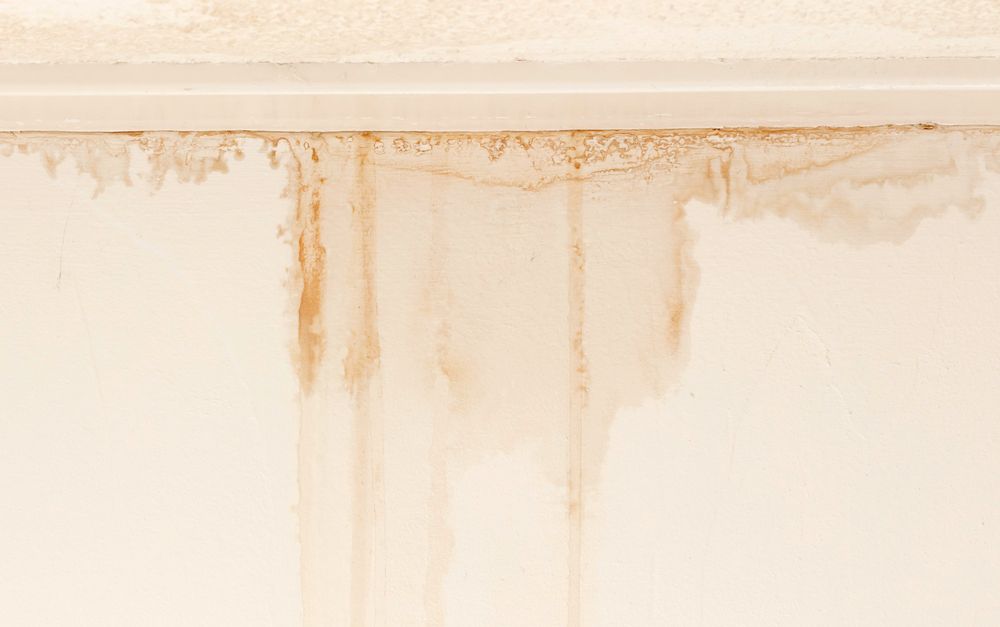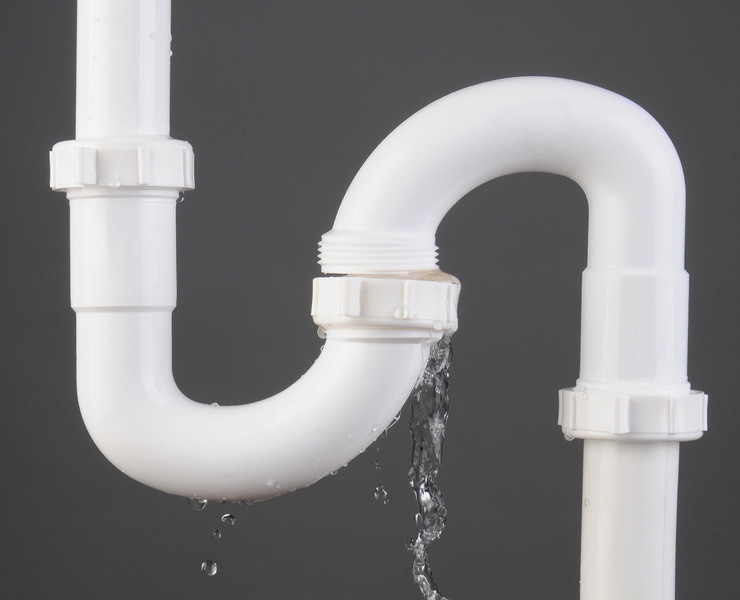We've stumbled on this article on Locating water leaks below on the internet and thought it made good sense to relate it with you on my blog.

Early discovery of leaking water lines can minimize a prospective calamity. Some small water leakages may not be visible.
1. Analyze the Water Meter
Every home has a water meter. Examining it is a guaranteed way that helps you find leakages. For starters, turn off all the water sources. Ensure no person will certainly purge, use the faucet, shower, run the cleaning maker or dishwashing machine. From there, most likely to the meter as well as watch if it will certainly alter. Because nobody is using it, there should be no movements. That indicates a fast-moving leakage if it relocates. If you find no adjustments, wait a hr or 2 and also examine back again. This implies you may have a slow leak that can also be below ground.
2. Examine Water Consumption
Assess your water bills as well as track your water consumption. As the one paying it, you must notice if there are any inconsistencies. If you detect sudden changes, regardless of your intake being the same, it indicates that you have leakages in your plumbing system. Bear in mind, your water bill should drop under the exact same array on a monthly basis. A sudden spike in your costs suggests a fast-moving leakage.
A stable increase every month, also with the exact same practices, shows you have a slow leak that's also gradually rising. Call a plumber to extensively inspect your home, especially if you feel a cozy area on your flooring with piping below.
3. Do a Food Coloring Test
When it pertains to water intake, 30% comes from bathrooms. Test to see if they are running appropriately. Drop flecks of food shade in the container and wait 10 mins. There's a leak between the tank and bowl if the color somehow infiltrates your bowl during that time without flushing.
4. Asses Outside Lines
Do not fail to remember to check your outside water lines as well. Ought to water seep out of the link, you have a loosened rubber gasket. One small leak can waste heaps of water and also spike your water bill.
5. Examine the circumstance as well as examine
Homeowners need to make it a behavior to check under the sink counters and also inside cabinets for any kind of bad odor or mold and mildew growth. These two warnings suggest a leak so prompt interest is required. Doing routine inspections, also bi-annually, can save you from a major trouble.
If you understand your residence is already old, maintain a watchful eye on your heating systems, tubes, pipes and so on. Look for stainings and weakening as a lot of pipelines and appliances have a life expectancy. They will also normally wear away as a result of wear and tear. If you suspect dripping water lines in your plumbing system, don't wait for it to rise. Call an expert plumber as soon as possible so you do not end up with an awful mess in your home.
Early detection of dripping water lines can minimize a potential disaster. Some small water leaks might not be visible. Examining it is a proven means that helps you discover leakages. One little leak can throw away lots of water as well as increase your water expense.
If you suspect dripping water lines in your plumbing system, do not wait for it to escalate.
WARNING SIGNS OF WATER LEAKAGE BEHIND THE WALL
PERSISTENT MUSTY ODORS
As water slowly drips from a leaky pipe inside the wall, flooring and sheetrock stay damp and develop an odor similar to wet cardboard. It generates a musty smell that can help you find hidden leaks.
MOLD IN UNUSUAL AREAS
Mold usually grows in wet areas like kitchens, baths and laundry rooms. If you spot the stuff on walls or baseboards in other rooms of the house, it’s a good indicator of undetected water leaks.
STAINS THAT GROW
When mold thrives around a leaky pipe, it sometimes takes hold on the inside surface of the affected wall. A growing stain on otherwise clean sheetrock is often your sign of a hidden plumbing problem.
PEELING OR BUBBLING WALLPAPER / PAINT
This clue is easy to miss in rooms that don’t get much use. When you see wallpaper separating along seams or paint bubbling or flaking off the wall, blame sheetrock that stays wet because of an undetected leak.
BUCKLED CEILINGS AND STAINED FLOORS
If ceilings or floors in bathrooms, kitchens or laundry areas develop structural problems, don’t rule out constant damp inside the walls. Wet sheetrock can affect adjacent framing, flooring and ceilings.
https://www.servicemasterbyzaba.com/blog/how-to-detect-water-leakage-in-walls/

Hopefully you liked our section about Detecting hidden plumbing leaks. Thanks a ton for spending some time to browse our piece. Please take the opportunity to promote this blog if you enjoyed reading it. Kudos for your time. Kindly visit our site back soon.
Comments on “Overview To Water Leakage Discovery In The House”